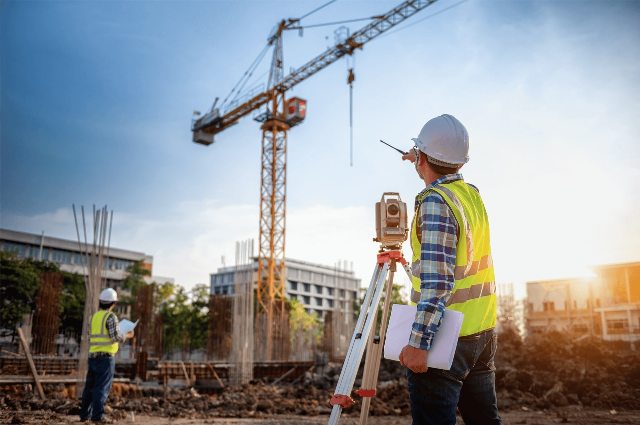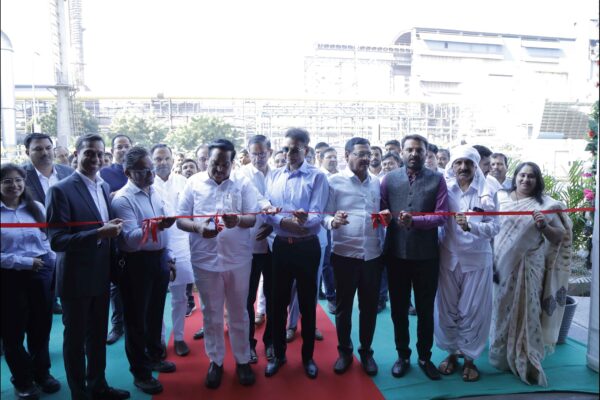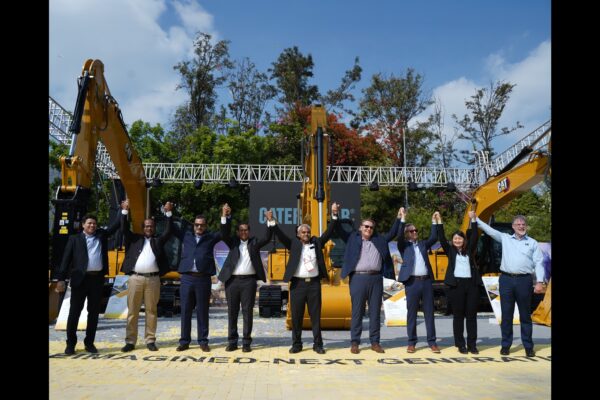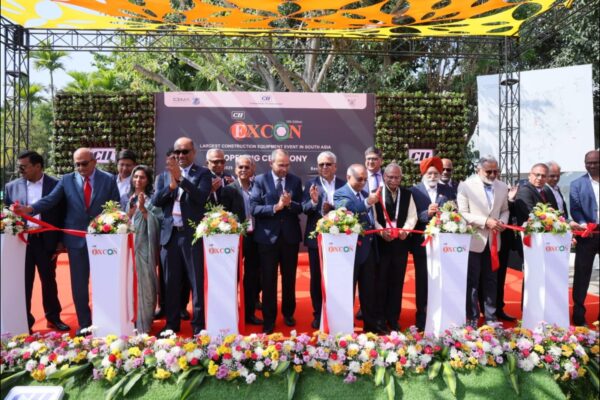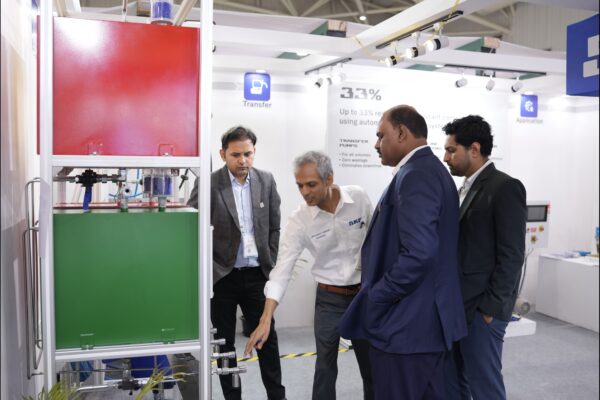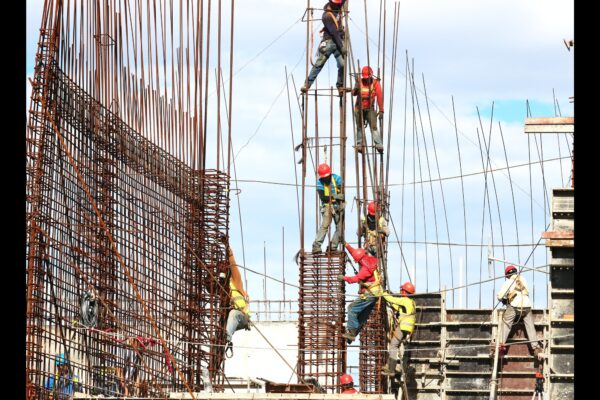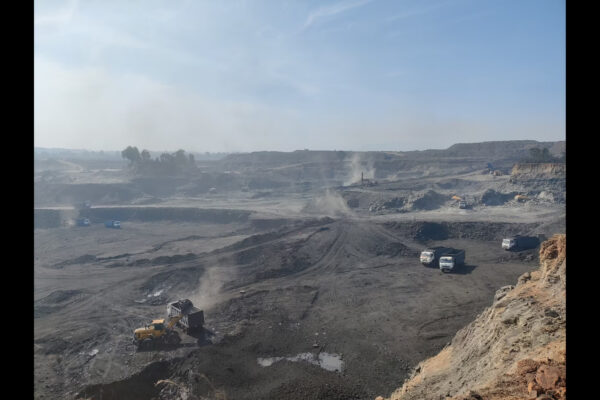Transforming India’s construction sector: Exploring net-zero building practices
by Manab Rakshit, Director Strategy, BOOTES
India, as one of the most populous countries in the world, has an unprecedented demand for buildings. It is estimated that 70% of the buildings that will exist in India by 2030 are yet to be built1. This means that India will need to work extra hard to ensure that it regulates the emissions from the construction sector to achieve the net zero target by 2070.  
Net zero refers to the state in which the amount of greenhouse gases (GHGs) emitted into the atmosphere is equal to the amount removed from it. Net-zero infrastructure refers to a constructed environment comprising buildings, transportation, and energy systems that are designed and managed to minimize GHG emissions while fostering carbon neutrality.   
Transforming India's construction sector
The condition of the environment is deteriorating. While infrastructure is an essential requirement for the survival of developing countries like India, construction and buildings contribute significantly to the carbon footprint, accounting for around 40% of it.   
As a developing economy and nation, we cannot halt construction or the development of the country. Therefore, it is important to apply net-zero building practices. We need to construct buildings with low energy consumption and replace traditional fossil fuels used in construction with renewable, carbon-free energy sources.   
Net-zero building practices  
In every building project, there are two categories of carbon dioxide discharges. These are direct and indirect, and the detrimental impact on the environment for both is equivalent. During the construction phase, activities like setting up manufacturing facilities, the extraction of natural resources, and the dismantling of structures contribute to the degradation of the climate.   
One of the goals India showcased at the Glasgow conference as part of its 'panchamrit' strategy is to reach a state of complete absence of emissions by the year 2070. India’s goal is to rely on renewable energy sources for half of its energy needs by 2030 and decrease approximately 1 billion tons in the total amount of carbon emissions. This can be achieved by reducing carbon intensity by 45% from 2005 levels and attaining a non-fossil energy capacity of 500 GW. Therefore, the construction sector needs to prioritize recycling to prolong the life of materials and reduce waste.   
One way to do this is to procure large quantities of materials and employ them to generate transport solutions, ultimately resulting in a decrease in the emission of carbon into the environment. The reduction of waste must also be seen from an upstream and downstream energy perspective.   
In Decarbonisation of buildings, using energy-efficient and electric technologies can reduce energy demand from the fossil-fuel-run grid, thus reducing waste. In addition to this, reusing eco-friendly building materials and reusing the energy within the building using hydronic systems can balance the energy needs. Net-zero building practices, like designing buildings that incorporate elements such as day lighting, extra insulation, LED lighting, and energy-efficient equipment, can contribute heavily to transforming the construction sector for the better.   
Besides this, the use of AI and digital technologies can help optimize energy usage, improve building design, and promote sustainable waste management practices. With AI algorithms, energy efficiency can be enhanced through optimized energy usage, as demonstrated by Google's DeepMind achieving a 30% reduction in energy consumption. Predictive maintenance with AI can ensure early intervention for infrastructure issues, minimizing downtime and repair costs. AI can aid in building automation control systems like lighting and HVAC to reduce energy consumption and improve comfort. Waste management, too, can be streamlined through AI monitoring. Additionally, in the construction phase, AI can analyze building designs to suggest energy-efficient improvements and facilitate the seamless integration of renewable energy sources.  
Let’s take the case study of the Jhansi Library in Uttar Pradesh, India, a pioneering project led by BOOTES. It is the first Net-Zero library in India. We took steps to enhance the envelope, lighting systems, and HVAC equipment efficiency. The wall and roof insulation values exceeded national building code requirements by over 40% to minimize heat gain and loss. High-performance triple-glazed windows with low U-factor and SHGC values reduced solar heat gain by 52% compared to standard double-glazed windows. Air quality was enhanced by dedicating the HVAC system to providing 100% filtered fresh air rather than recirculated air. The performance and impact of this building cannot be overstated. Today, the Jhansi Library’s renewable energy systems generate 15% more electricity than consumed, demonstrating the effectiveness of BOOTES’ approach.   
The construction sector must focus on the three pillars of reduce, reuse, and recover. This will help the sector develop solutions that prioritize energy efficiency. Besides this, companies must invest in initiatives aimed at reducing greenhouse gases and offering carbon offset options to clients, which include the establishment of wind farms, tree plantations, geothermal power plants, projects for clean drinking water, and solar power projects. From urban offices to educational campuses, net-zero building practices can transform the construction sector and lead it to a future where sustainability is not just an option but a foundation of design. 
1https://www.researchgate.net/figure/Benchmarks-for-Different-Commercial-Buildings-in-India_tbl1_266382475

